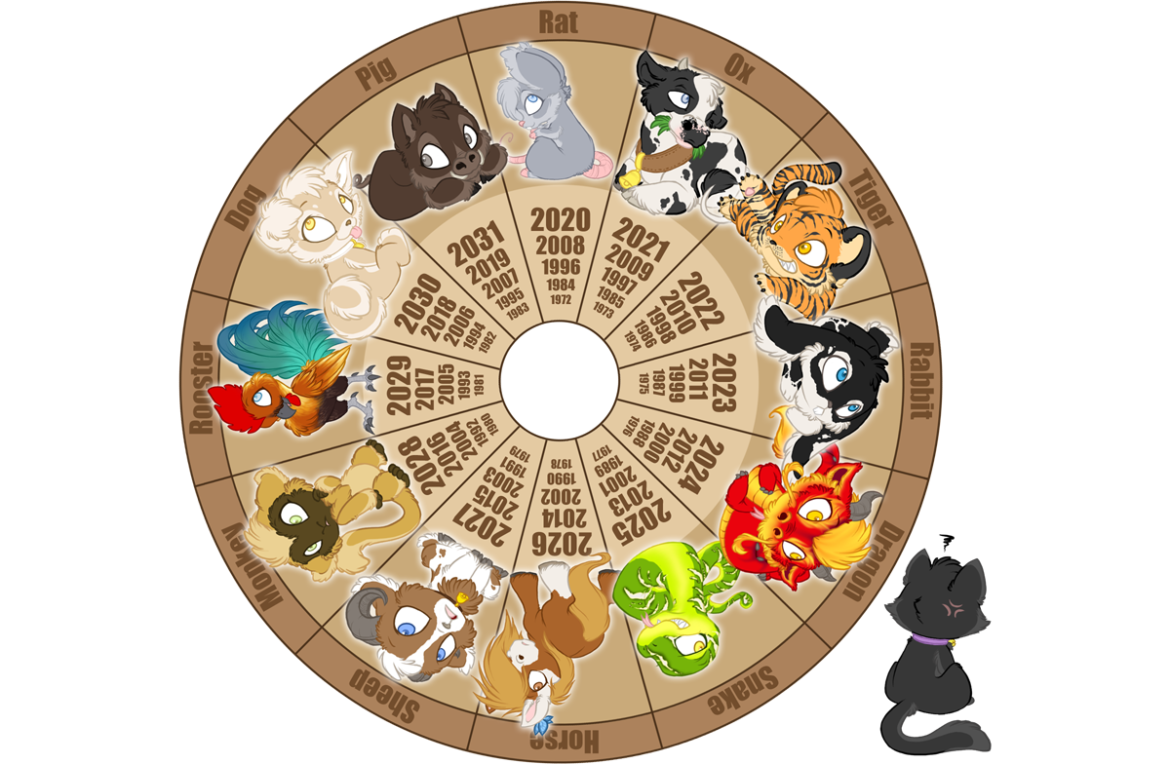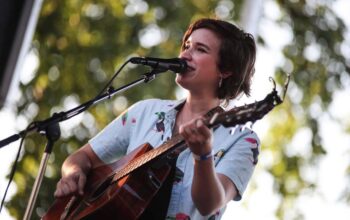She comes out of the sun in a silk dress running like a watercolor in the rain
–Al Stewart, The Year of the Cat (1976)
It’s not fair, really. To kick off this theme I selected one of the greats. A mastercraft. In the entire anthology of recorded popular music, you couldn’t fill a setlist of the songs that could in any way be described – unlaughably, unarguably, indeed objectively – as ‘perfect’. It’s just so anathema to the very purpose of art as we know it to accuse one of its member oeuvres of meeting that bar.
Yet here we are, The Year of the Cat. Beautiful and mistakeless. And with the greatest of respect to the man and his music, it came from a source that is not and has never been on everyone’s lips or playlists. I’m sure they existed, but I never remember having seen an ‘Al Stewart World Tour 197[n]’ t-shirt in my life, not once.
This will be a short piece, not because I feel no inclination whatever to defend this song’s lofty claim – it defends itself – but rather because I’m only going to pull out one point to illustrate the larger theme.
When does a great lyric surface from a sea of reallyreally bad ones and help make a song great?
Often, when we’re asked to talk about a song we go to the text first. Naturally, it’s the most immediate and natural communication channel and so it’s a great starting point in describing what a piece of music is about. Artists themselves do this reliably in interviews and roundups when they’re asked to talk about their latest offerings. Songs are ‘deeply personal’, or ‘raw’, or important ‘stories’ that need to be told.
But as listeners, the lyrics themselves, and even moreso their meaning, are marginalized in our pathos when a song becomes a favourite. It’s the musical tones themselves and their harmonies, rhythms, shapes and counterpoints, all those things that have no literary equivalent, that capture our emotions. Elsewise, we’d just read a book. Remember books?
The lyrics of a song tend to inspire us not necessarily when their literary meaning strikes a chord, but when the musicality of the words themselves complement a chord (or a rhythm, or a melody, or some other parameter). Lyrics are memorable when they’re woven into the musical story and combine literary meaning with musical cadence.
In the couplet above, there are several deft moves: the internal rhyme on sun and run-, the secondary echoes using comes and -color, the sweeping range of vowels from ee to uh and all points inbetween (but never an oh or oo – too dark for this phrase), the juxtaposition of nature’s sun and rain and the manmade silk and watercolor. In one ambling phrase, our sensibilities are engaged on multiple levels.
Best, the pattern of syllables scans perfectly with the musical rhythm. So much so that if you spoke the words out loud as if you we reading a book, the rhythmic cadence would sound pretty much exactly as it does in the song. And the absence of silly mother-goose rhymes, cringy alliteration and sloppy slurs between the words make this a very easy passage to both sing and speak. It was lovingly crafted.
So that’s the kick-off for this series. I’ll look at some of the great, though not necessarily well-known, lyrical passages that have lent great weight to great songs.
And just for fun, I’ll add in a few spectacular fails as well. Hehe.



